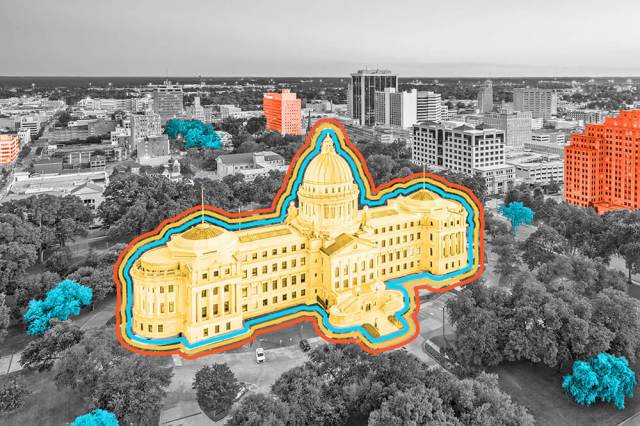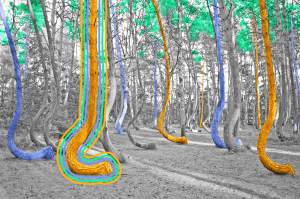
Numbers Don't Lie

“Mississippi,” a French derivative of the Ojibwa tribe’s name for the river, means “______.”

Ready to reveal?
Confirm your email to play the next question?

“Mississippi,” a French derivative of the Ojibwa tribe’s name for the river, means “Gathering of Waters.”

Volcanoes caused the most severe extinction event in Earth’s history.
Some 252 million years ago, an event known as the end-Permian extinction, or “the Great Dying,” killed nine out of every 10 living species on Earth. The change to the planet was profound: The event spelled the end of the 47 million-year-long Permian geologic period, cleaned the terrestrial slate, and allowed reptiles to evolutionarily outpace protomammals to become the new dominant life-form on Earth — dinosaurs. Although a variety of things likely coalesced to kick-start the Great Dying, one key culprit took place in an area known today as the Siberian Traps, a hilly region in northern Russia. Beginning around 252 million years ago, this region erupted continuously for 2 million years and covered 2.7 million square miles in lava. The volcanoes also pumped a massive amount of carbon dioxide into the atmosphere, causing a runaway greenhouse effect that led to hotter temperatures and increased ocean acidification. Scientists estimated that at one point during this extinction event, ocean water near the equator reached hot-tub-level temperatures of about 104 degrees Fahrenheit. Today, the dramatic activity that took place in the Siberian Traps is the largest known volcanic event of the past 500 million years.
















